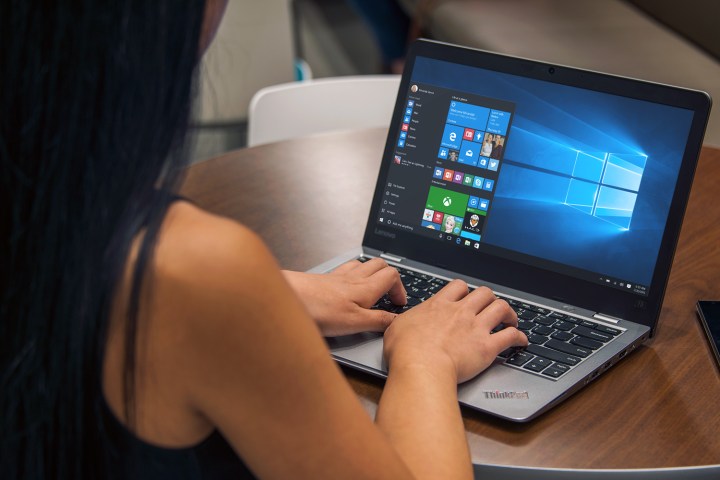
Earlier this month, it emerged that build 15063 of Windows 10 would be the version of the operating system that’s rolled out to all users as the Creators Update. Members of the Insider program have had access to this build for over a week, but until now it’s only been distributed via the Windows Update utility.
However, now it’s possible to adopt the pre-release version of the Creators Update by downloading a disk image and starting the process manually. If you’re enrolled in the Insider program, the necessary ISO files are available via Microsoft’s Software Download website.
Disk images or the standard, Enterprise, Education, Home Single Language, and Home China versions of Windows 10 are being offered up, according to a report from MS Power User. 32-bit and 64-bit versions of each ISO have been made available.
Given that these disk images are still considered to be pre-release versions of the Creators Update, there may be some minor bugs and other issues present. As a result, it’s not recommended to use the ISO files to install the build on your primary system — as is the case with all pre-release builds offered through the Insider program.
Soon, Microsoft will release official ISO files to the public, allowing all PC users to perform a clean install of the Creators Update if they want to. It’s expected that distribution of the update will be staggered, so not all users will be prompted to make the upgrade on day one, but the rollout process is scheduled to start on April 11.
Editors' Recommendations
- Scores of people are downgrading back to Windows 10
- Windows 11 vs. Windows 10: finally time to upgrade?
- Microsoft plans to charge for Windows 10 updates in the future
- The best Windows 10 keyboard shortcuts
- Windows just gave us another reason not to download fresh updates


